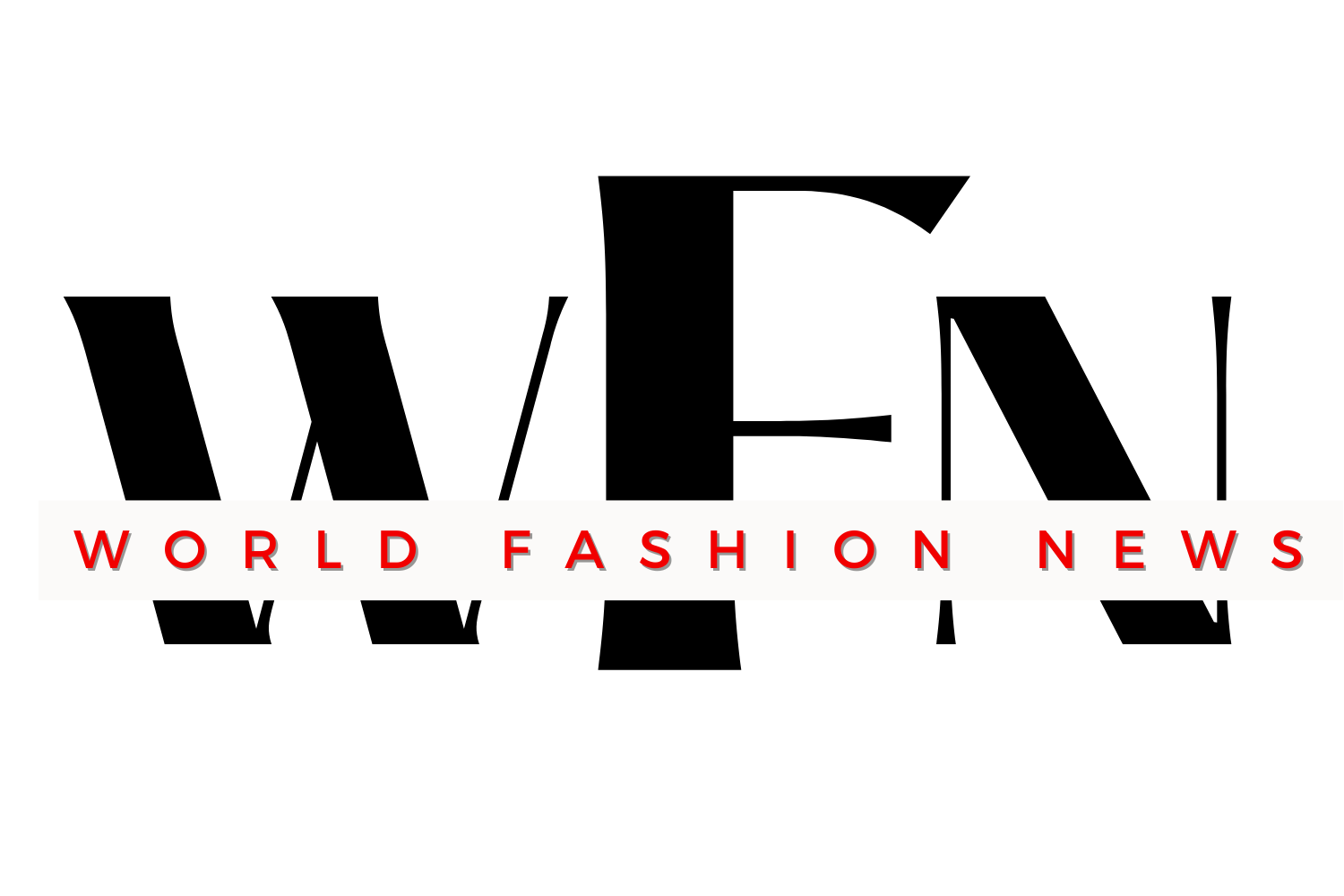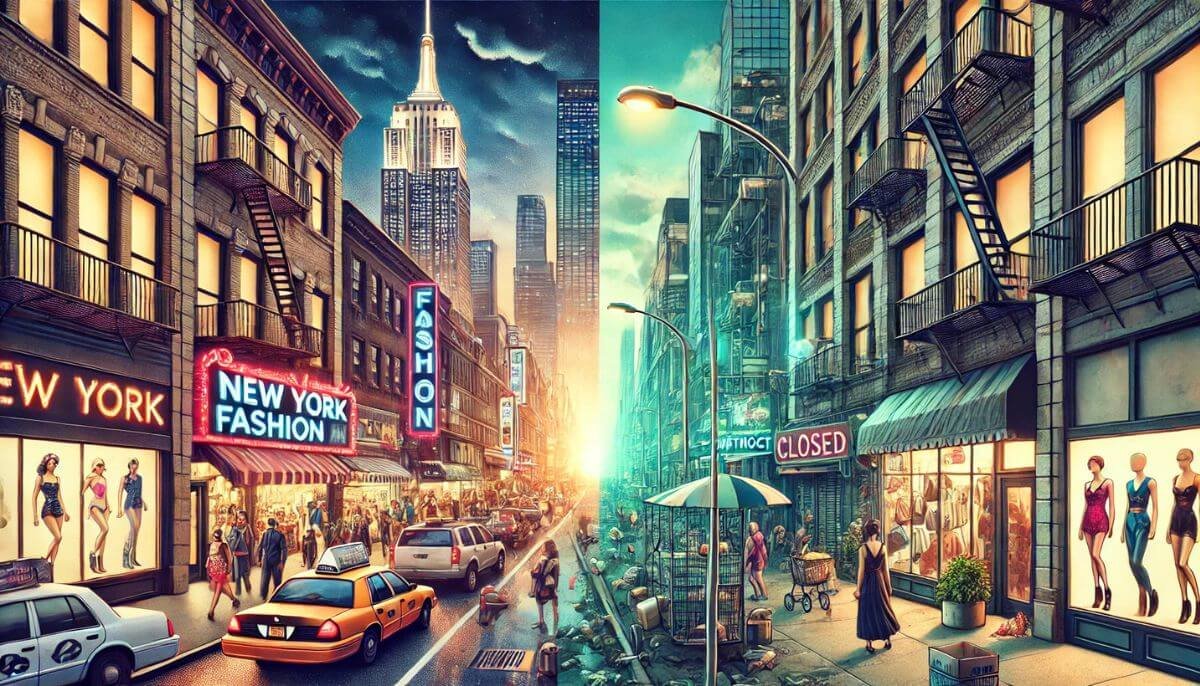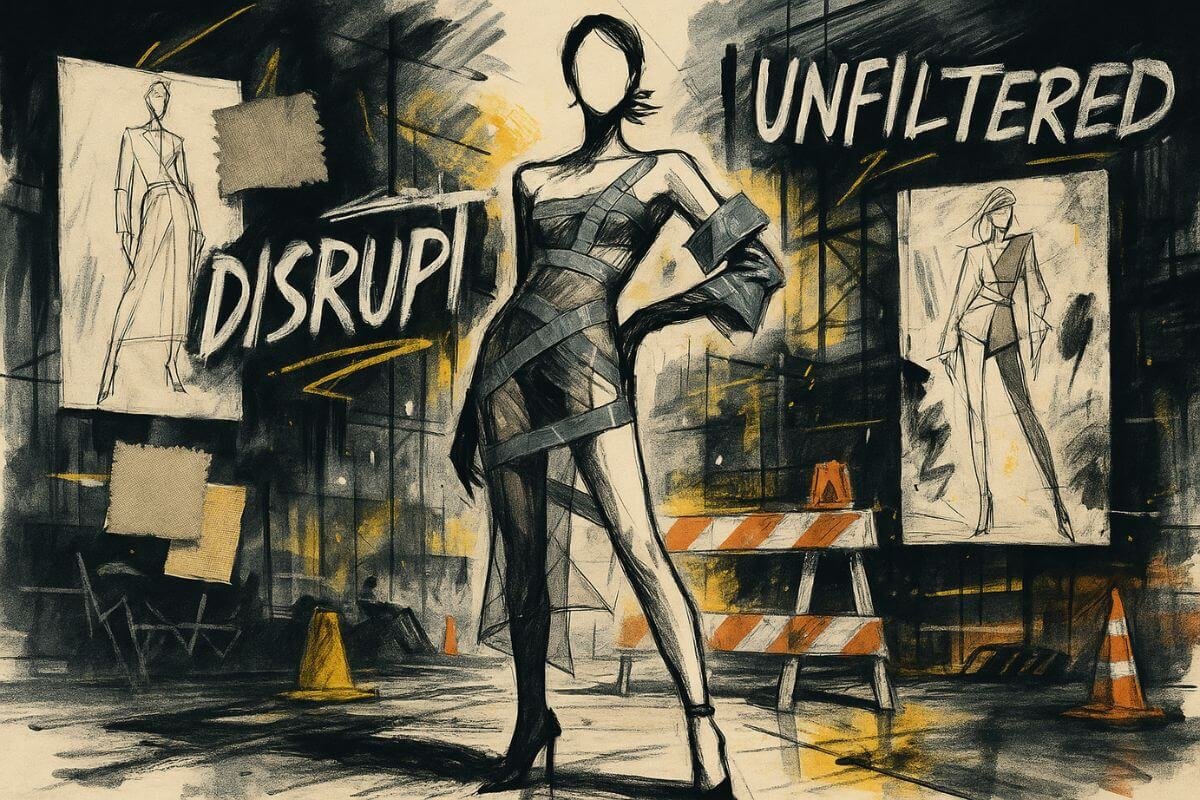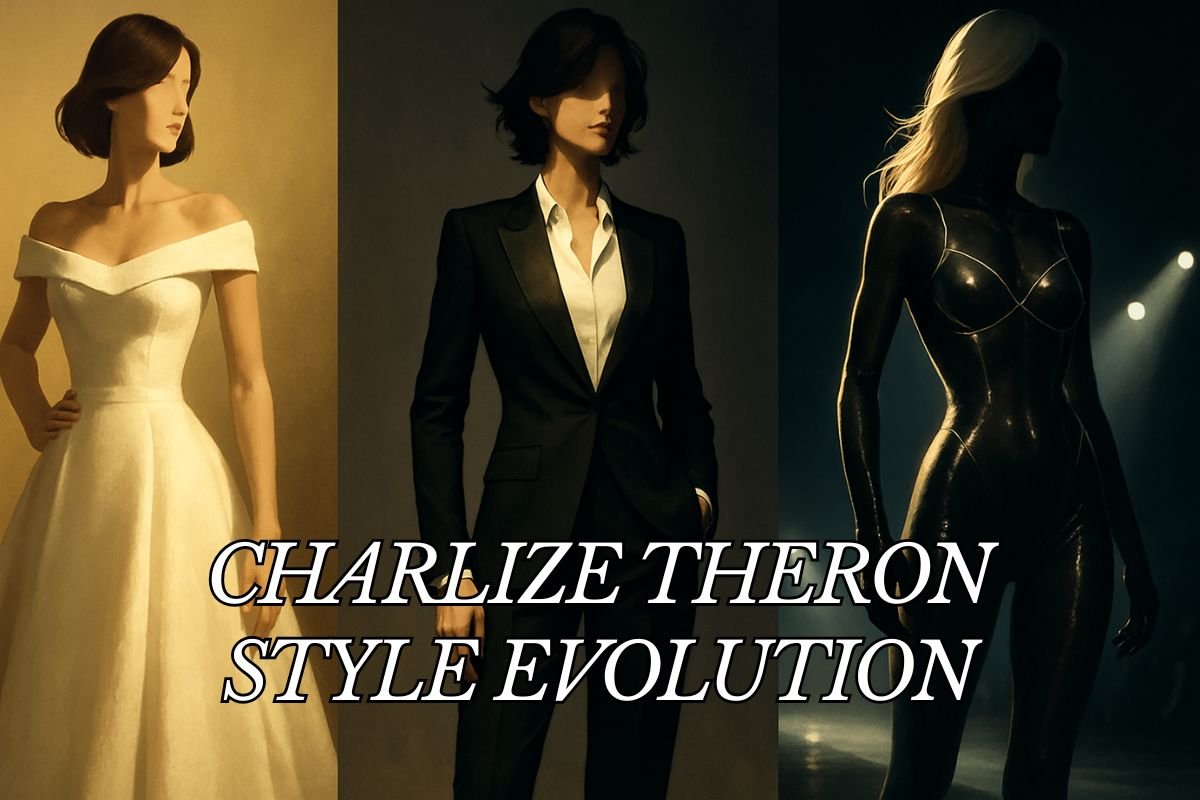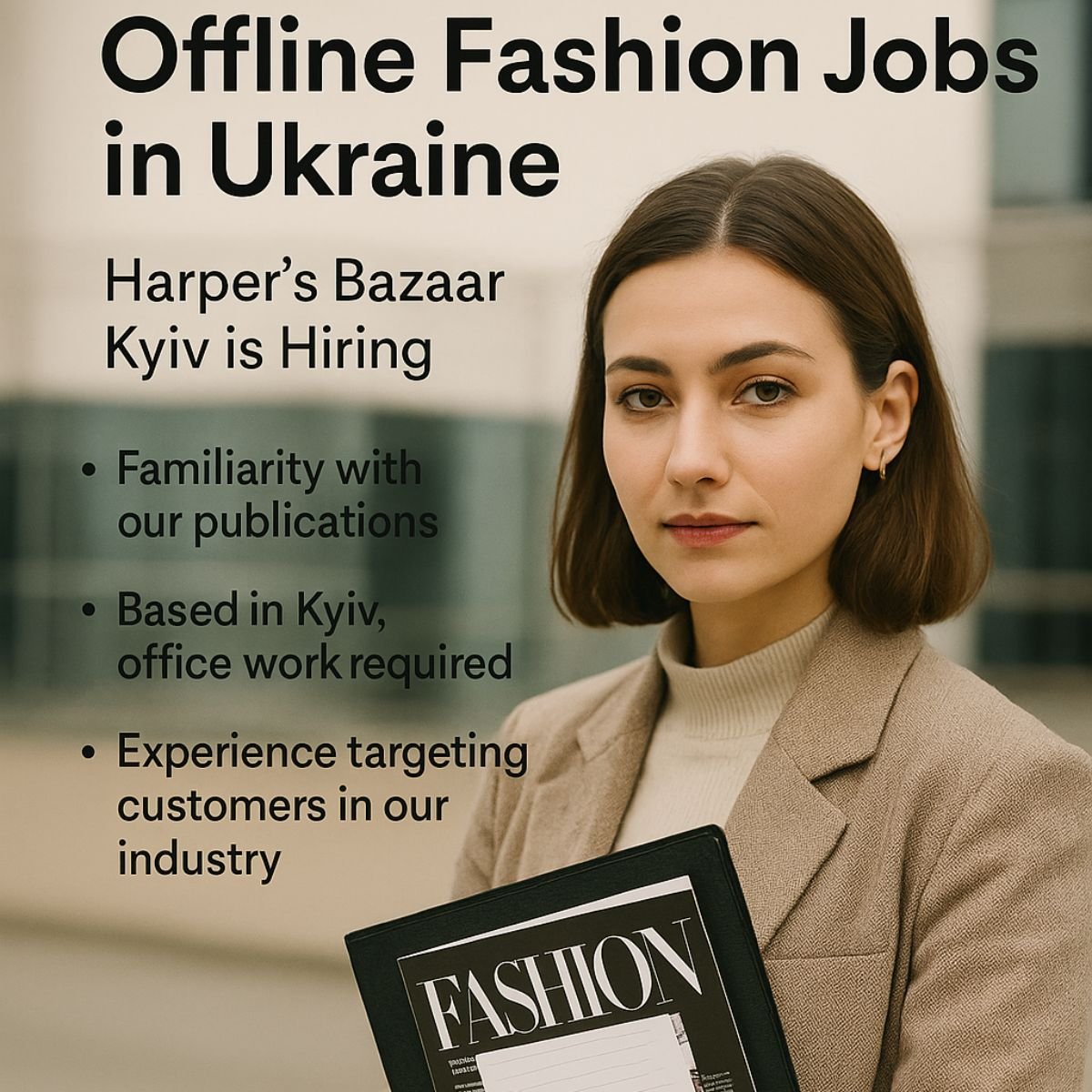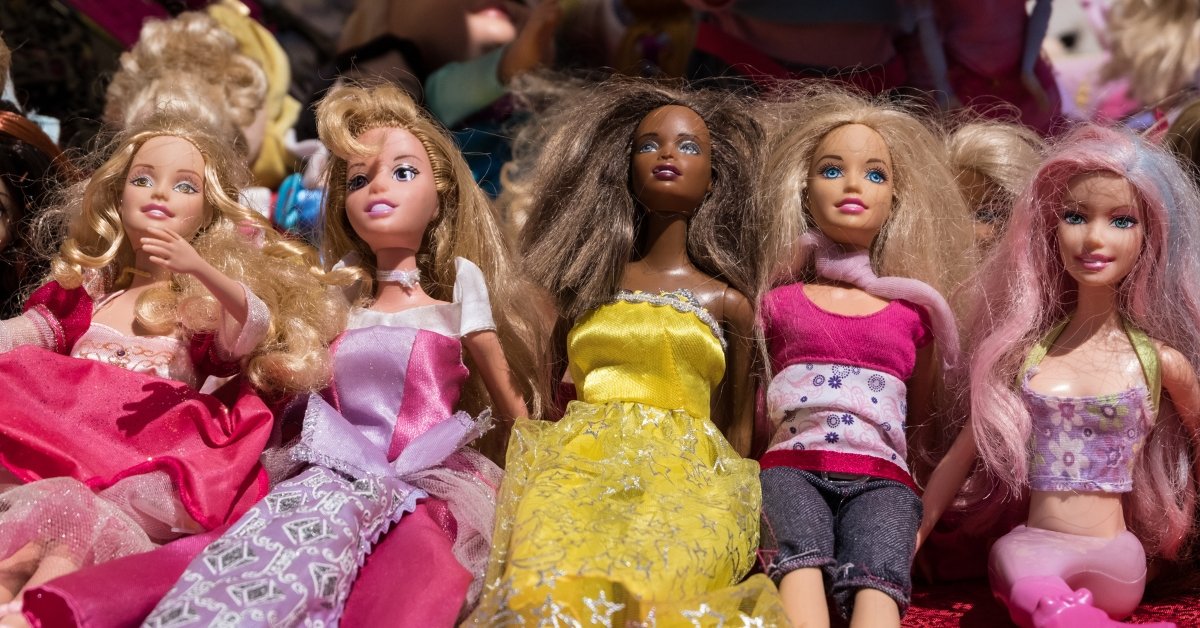Once celebrated as a global trendsetter, New York’s fashion industry is now grappling with significant challenges. A recent report by McKinsey & Company highlights this decline, illustrating how these struggles are reshaping the city’s iconic status. New York Fashion Week, once a glittering showcase, now reflects a more subdued reality. From widespread job losses to shifting consumer habits, these issues underscore the rapid transformation of one of the world’s most renowned fashion capitals.
A brief overview
From Glorious Past to a Challenging Present
Historically, New York’s fashion industry was synonymous with creativity, innovation, and economic power. However, the McKinsey report paints a troubling picture:
- The industry has lost over 50,000 jobs in the last decade.
- There has been a 13.6% decline in economic output.
The once-bustling Garment District now stands with numerous vacant storefronts, serving as stark reminders of the economic shift. These empty windows symbolize not just a loss of income but also the gradual decline of a once-flourishing cultural landmark.
Rising Costs Straining Businesses
New York’s status as one of the world’s most expensive cities has become a double-edged sword for its fashion sector. Increasing rent prices have forced many textile businesses and manufacturers to either shut down or relocate to more affordable areas.
Arban Vora, a veteran of nearly 30 years in the Garment District, highlights the growing unsustainability of running a business in New York. Additionally, the rise of online shopping platforms like Amazon has further impacted local stores, reducing foot traffic and diminishing the need for physical retail spaces.
Investing in the Next Generation
The industry’s decline is also evident in fashion education. According to the McKinsey report, there has been a 30% drop in fashion program graduates, underscoring the struggle to inspire and train the next wave of designers and entrepreneurs.
To combat these challenges, the report suggests fostering a more supportive environment for emerging talent. Recommendations include launching pop-up shops and creating collaborative spaces where young designers can access mentorship and resources to thrive in this highly competitive market.
Hopeful Solutions: A New Vision for New York Fashion
While the industry faces existential threats, the McKinsey report offers hopeful solutions to revitalize the sector. By bridging the gap between established leaders and new designers, and strengthening connections with educational institutions, New York could reclaim its title as a fashion capital.
Initiatives like pop-up stores and shared workspaces could pave the way for innovation, allowing up-and-coming designers to launch their careers without overwhelming financial barriers.
A Resilient Future for New York’s Fashion Scene
Although New York’s fashion industry has taken a significant hit, there remains a sense of resilience and potential for reinvention. By adapting to the current reality and nurturing emerging talent, New York has the opportunity to restore its place as a thriving fashion hub.
